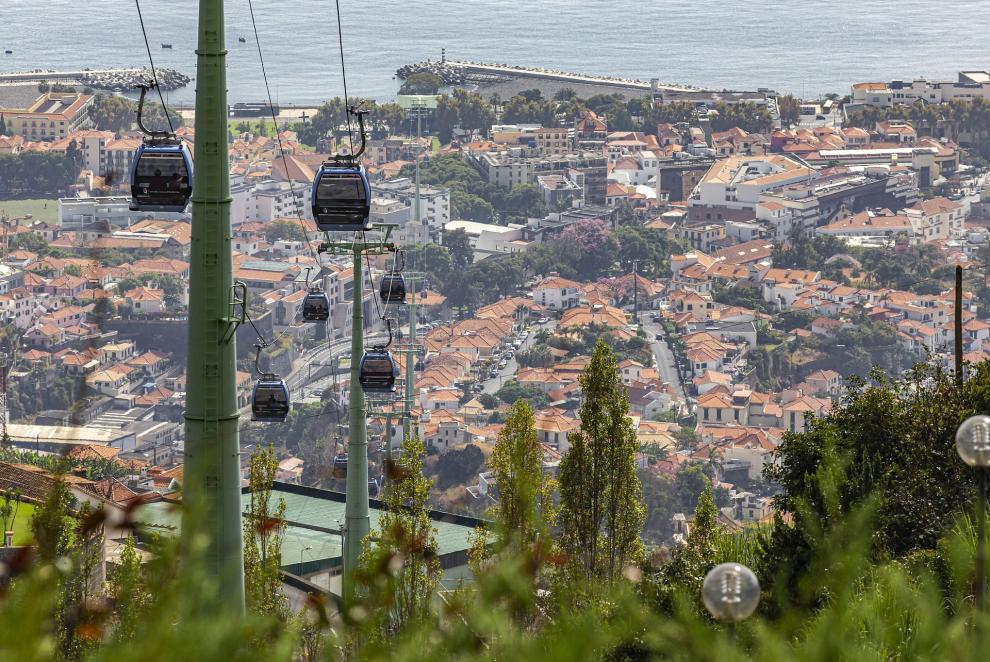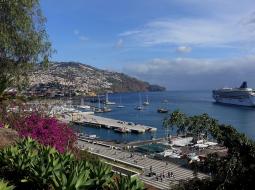Thessaloniki gets ready for its metro launch in November
The underground rapid transit lines have been under construction for almost two decades due to various project delays
 TheMayor.EU logo
TheMayor.EU logo 
The settlement of Funchal dates back to around 1424. In order to fulfil its administrative role, Funchal received its primary lighthouse between 1452 and 1454, when it was elevated to the status of a municipal seat.
Funchal became an important transfer point for European trade. Columbus was one of the early settlers, later many merchant families established commercial interests on the island.
During the second half of the XV century, the sugar industry expanded significantly along the southern coast, making Funchal its most important centre. In 1508, Funchal received the status of city by King Manuel I of Portugal. In 1514 the bishopric took Funchal for its headquarters.
During the XVI century, Funchal was an important stop for travellers between the Indies and the New World.
In the XVII century, commercial treaties with England brought increased investments to a business that was still insular. Many English commercial winemakers moved to the island, thus bringing a change to the commerce, the economy and the lifestyle of the local community.
This incremental growth led to the expansion of Funchal with new estates and a new merchant class. That in turn led to the creation of many new three-floor homes of a special type - with an intermediary service floor, a floor for storage and wine-cellars. In some cases, they also boast a tower to watch the port and monitor shipping in the harbour.
During the XIX century there were epidemics, aggravating the economy and forcing some to return to sugar plantations. In order to maintain the level of development, many landowners tried to plant new more-resistant castes in order to support the industry.
During World War I, Funchal was twice bombarded by Germany.
Numerous notable persons have also visited the region throughout history, like Elisabeth, empress of Austria-Hungary, Charles I of Austria, Emperor of Austria and king of Hungary Polish Field Marshal Józef Piłsudski, Winston Churchill and many more. The presence of these notable visitors marked a period when the city became a centre of tourism and therapeutic health.
With the creation of the Port of Funchal, and later the establishment of the Santa Catarina Airport, Funchal turned into a major international tourist destination supported by a series of hotels and ocean-front residences.
Funchal is the largest city, the municipal seat and the capital of Portugal's Autonomous Region of Madeira. It is bordered by the Atlantic Ocean.
The city of Funchal has a population of 111,892. It is the sixth largest city in Portugal. It has been the capital of Madeira for more than 5 centuries.
The engine of the Funchal’s economy is tourism. It is one of the most attractive destinations in Portugal.
In agriculture, banana production is mainly directed at regional and national consumption, flowers and the famous Madeira wine also make an important contribution to the regional economy.

Because of its high cultural and historical value, Funchal is one of Portugal's main tourist attractions. It is also popular as a destination for New Year's Eve, and it is the leading Portuguese port on cruise liner dockings.
Funchal is a city well known for its natural beauty, where the green mountains dive into the deep blue Atlantic Ocean, and temperate weather all year round.